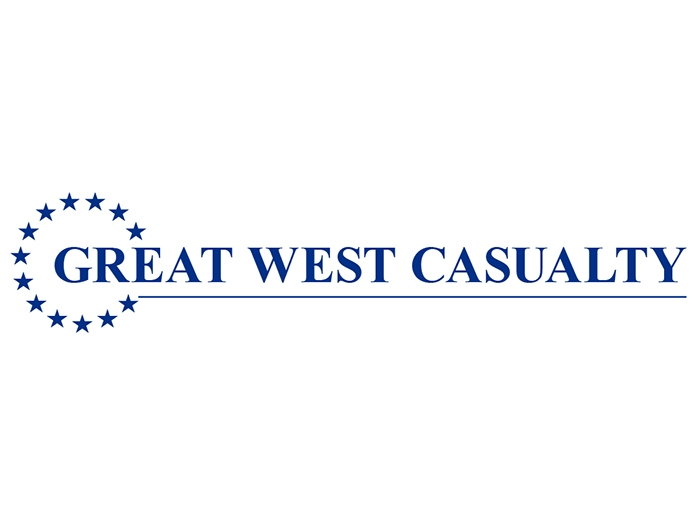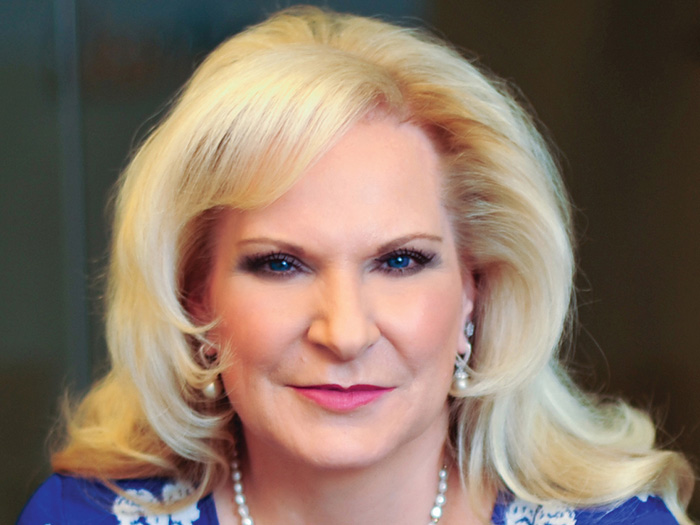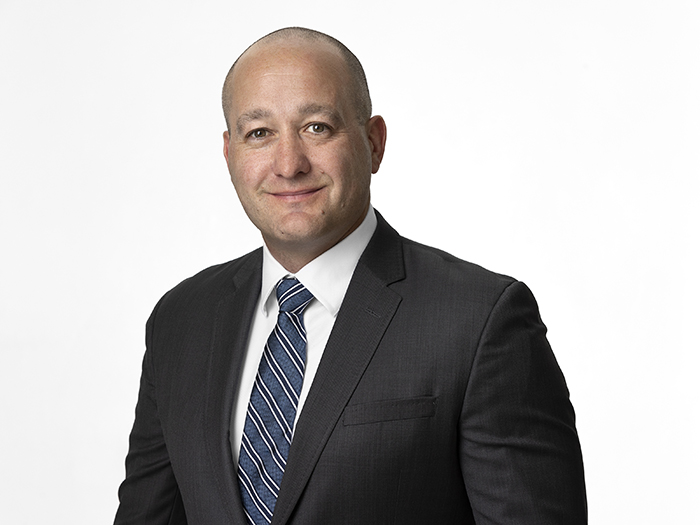Recent Building Fires in Philly and New York Are a Wake Up Call. How Risk Management and Insurance Can Derive Solutions
The New Year began on a somber note for Philadelphia and New York City, and served as a clarion call for housing reform for the entire nation. In both cities together, deadly fires in affordable housing developments killed 29 people, with more than half of the victims being children.
In Philadelphia’s Fairmont neighborhood, the rowhouse fire that killed 12 people was ignited by a young boy playing with a lighter, causing a Christmas tree to erupt in flames. The resulting conflagration quickly engulfed the building, owned and operated by the Philadelphia Housing Authority, and the ensuing investigation found the only working smoke detector was in the basement.
In the upper unit of the two unit residence, all of the smoke detectors were deemed to be older models, and most had their batteries removed. Three years prior to this tragedy, the Pennsylvania legislature failed to pass a bill requiring the use of tamper-proof smoke detectors in all rental properties. The lack of a working fire extinguisher further exacerbated the situation.
Two hours north in the Bronx, 19 people lost their lives in an apartment fire started by a faulty electric space heater. Two of the self-closing doors in the building, designed to contain the spread of fire, malfunctioned and remained open, leading to smoke damage impacting all 120 units in the building and rendering residents homeless.
Two iconic American cities, two devastating fires – and two promising solutions inspired by Washington, D.C.’s handling of their own urban challenges.
First, affordable housing units should use outside third-party contractors working alongside city inspectors to increase the frequency and accountability of mandated safety checks. Secondly, vacant office buildings in urban areas should be re-zoned and repurposed to meet affordable housing needs.
Consider the example of the Washington Metrorail Safety Commission (WMSC), which assumed oversight in 2019 and “enforces safety practices on the D.C. region’s WMATA Rail System. The WMSC is an independent agency created by the District of Columbia, Maryland and Virginia with the approval of Congress and the president.”
The Philadelphia Housing Authority, the New York City Housing Authority, and all municipal housing authorities should have independent oversight bodies conducting regular audits, in the same manner that WMSC now oversees the D.C. metrorail system. These independent oversight bodies could add an additional layer of accountability by employing third-party auditors to work with city safety inspectors.
D.C. has also been progressive in adding to the inventory of affordable housing by converting outdated Class C Office Buildings to residential use.
Utilizing third party commissions working alongside municipal housing authorities and finding creative ways to convert outdated commercial office space to residential, are two solutions that can address the tenuous safety standards in affordable housing.
Grappling with the need for secure, socially equitable communities during these perilous times is necessary for the nation to fully recover from the more insidious economic impacts of the pandemic on our most vulnerable citizens. &










